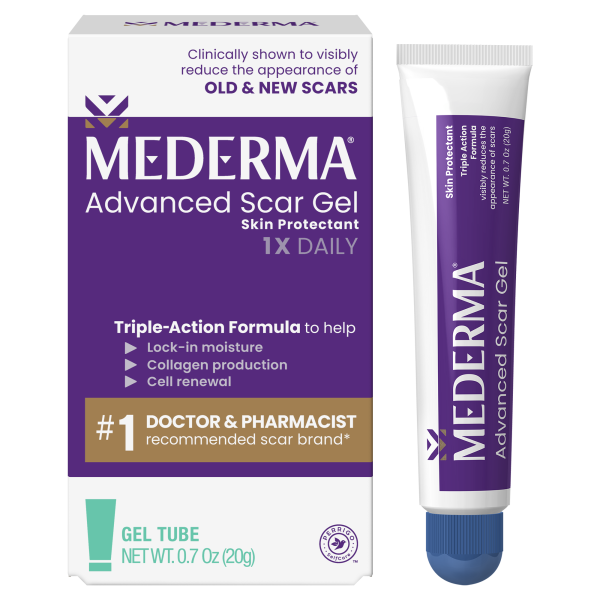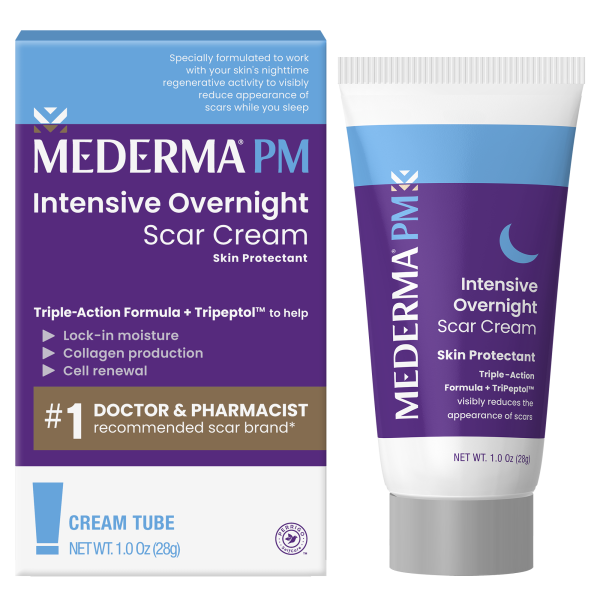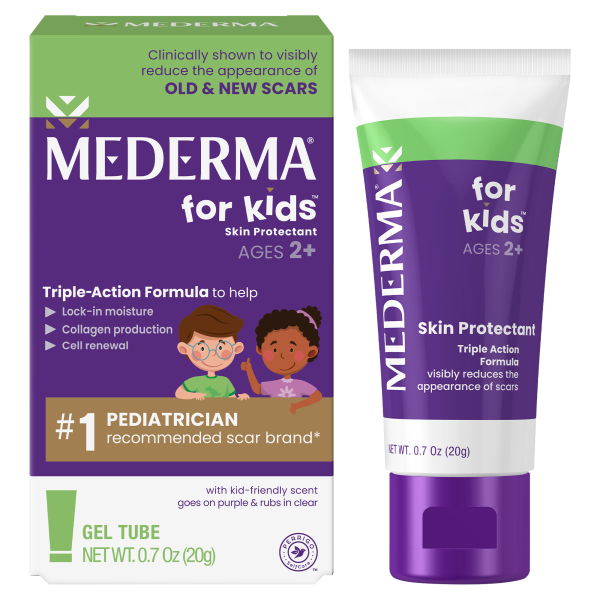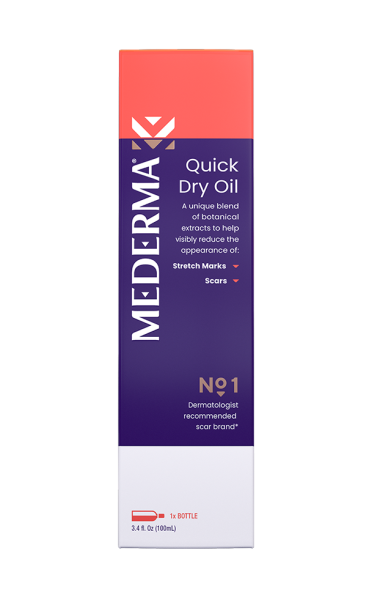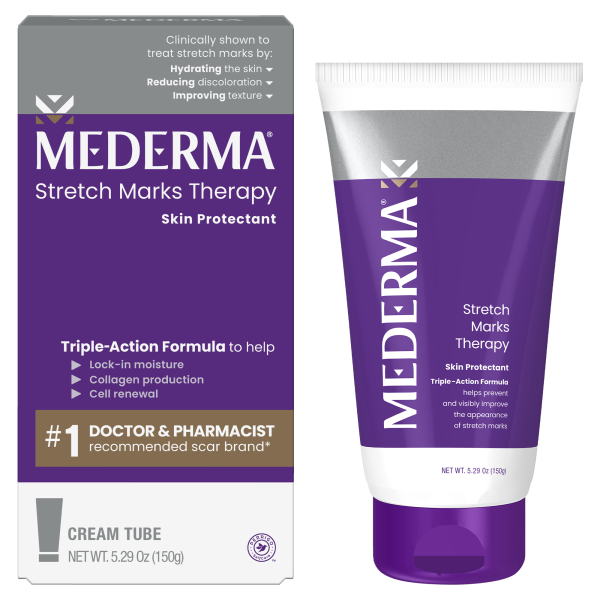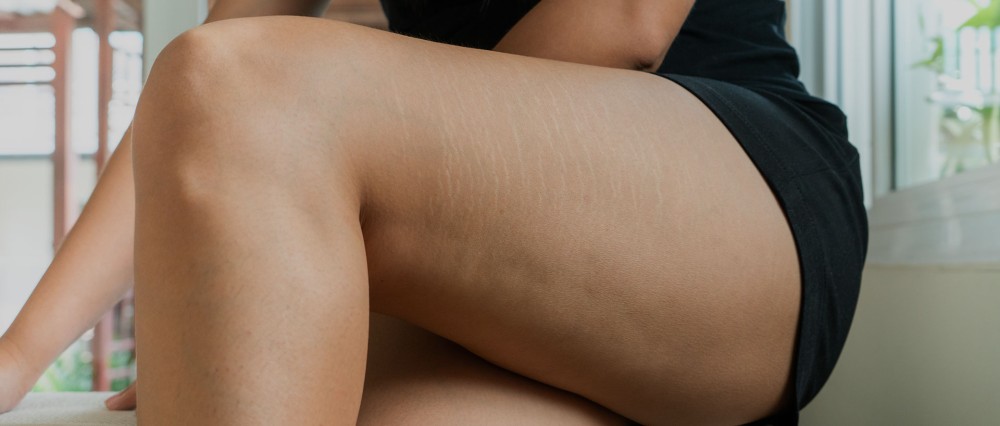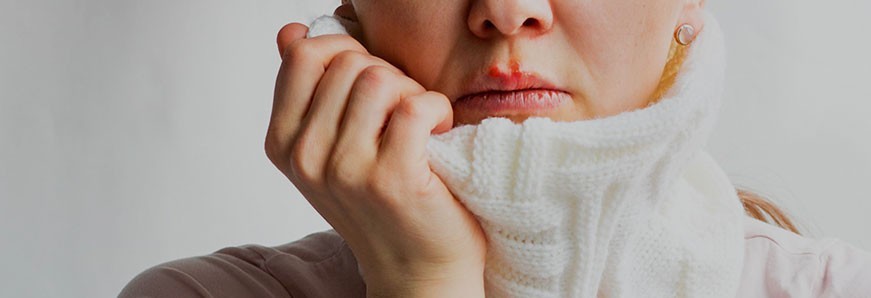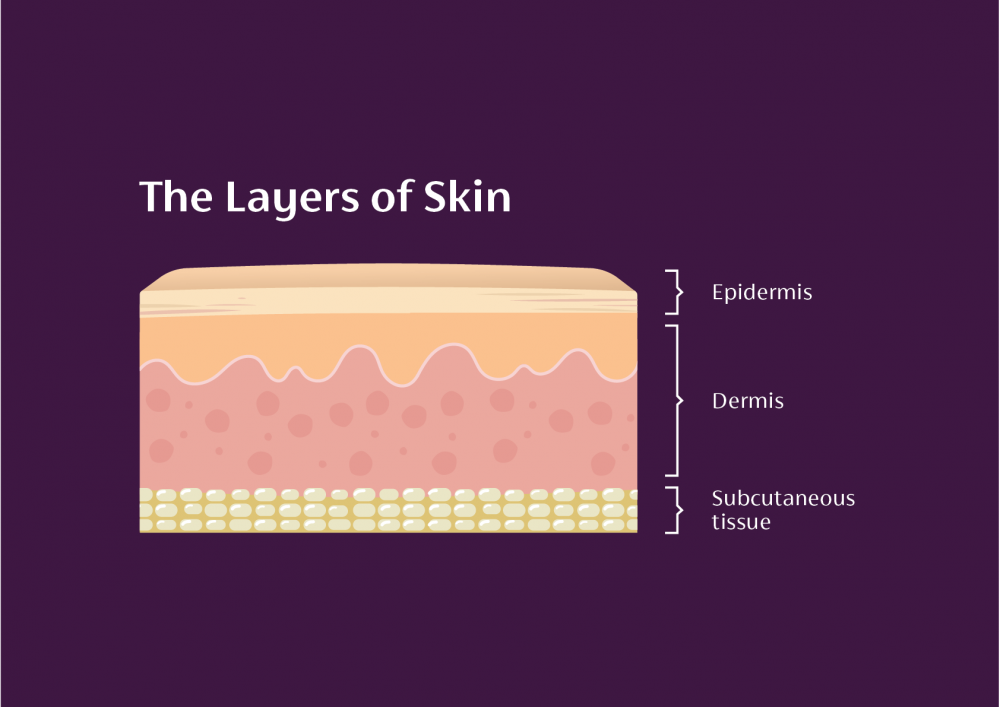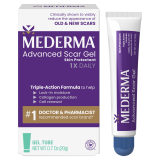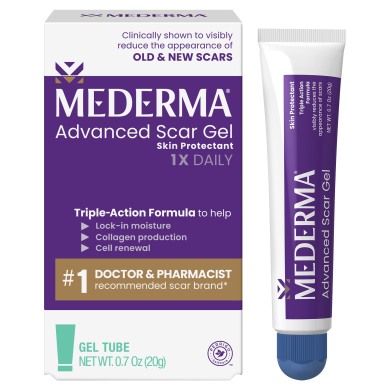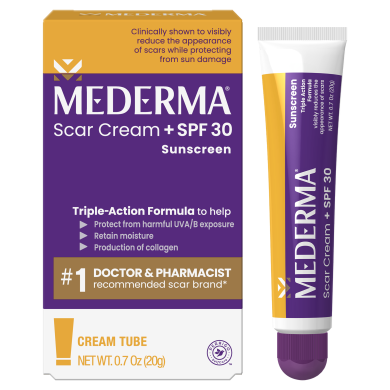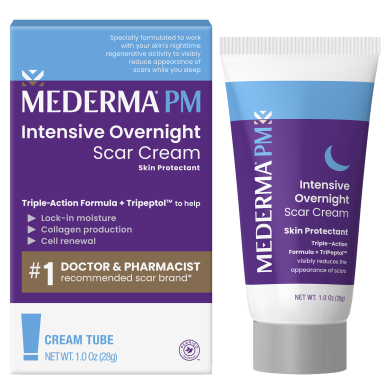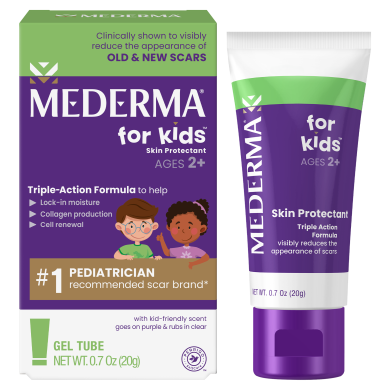A scar changes a little every day – the sooner you start treating it, the more effective the healing. The answer to how to reduce the visibility of scars starts at understanding why our bodies create them in the first place.
- Scars are a common result of how our skin heals after an injury such as mild burn, wound or acne.
- Scar creams and treatments can help reduce the appearance of scars.
- Different types of scars will require different levels of treatment to help their healing process.
In this article:
- What are scars and what causes them?
- What are the types of scars?
- How can you treat a scar?
- How to prevent scars
